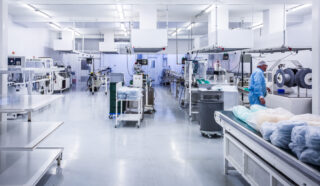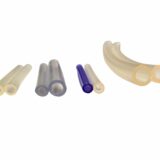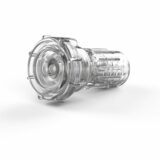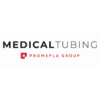In the highly regulated world of medical device manufacturing, maintaining a controlled environment is not just a best practice – it is a necessity. One of the most critical tools for achieving this is the cleanroom. Cleanrooms are specialised environments designed to minimise contamination and ensure the integrity of sensitive manufacturing processes. A cleanroom is a controlled environment where pollutants like dust, airborne microbes, aerosol particles, and chemical vapours are kept within strict limits. These rooms are engineered to maintain extremely low levels of particulates, using advanced filtration systems, controlled airflow, and rigorous protocols. Cleanrooms are classified according to the number and size of particles permitted per volume of air. The most widely used classification system is the ISO 14644-1 standard, which ranges from ISO Class 1 (the cleanest) to ISO Class 9. For medical device manufacturing, ISO Class 7 and 8 cleanrooms are commonly used, depending on the sensitivity of the product. Medical devices and components often come into direct contact with the human body – either externally or internally. This makes contamination control absolutely critical. Even microscopic particles or bacteria can compromise the safety and effectiveness of a medical product, potentially leading to serious health risks. Here are a few key reasons why cleanrooms are essential in this field: Cleanrooms rely on a combination of engineering controls, air filtration systems and strict operational protocols to maintain cleanliness: Cleanrooms are used for the production and assembly of a wide range of medical components, including: Cleanrooms are a cornerstone of modern medical device manufacturing. By providing a meticulously controlled environment, they help ensure that medical components are produced to the highest standards of safety, sterility, and reliability. As medical technologies continue to evolve, cleanrooms will play an increasingly critical role in safeguarding patient health and meeting global regulatory demands. Promepla has 3500 m² of ISO 8 cleanrooms across its production sites in France, Germany, Morocco and Tunisia. If you are looking to partner with a medical device manufacturer that operates in ISO-certified cleanroom environments, feel free to reach out – we would be happy to help you through the process. PROMEPLA BLOG
What is a Cleanroom and Why is it Essential in Medical Components Manufacturing and Assembly
What is a cleanroom?
Why are cleanrooms used in medical manufacturing?
How do cleanrooms work?
Applications in medical component manufacturing









